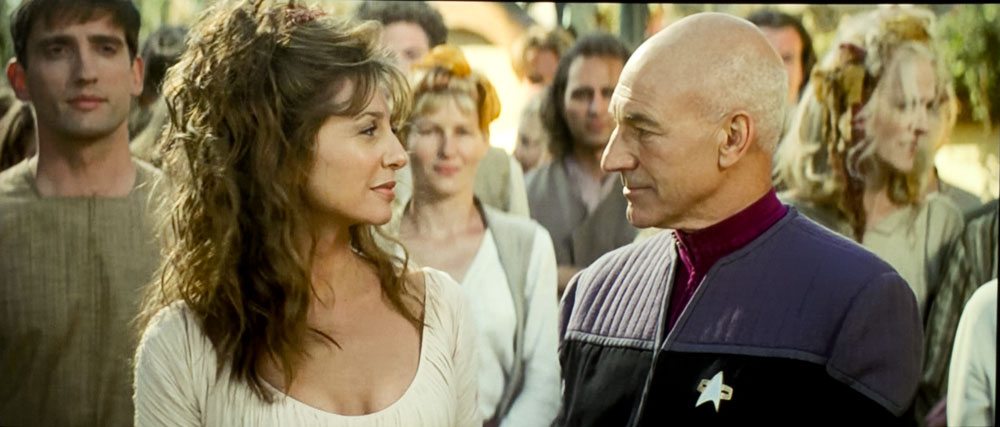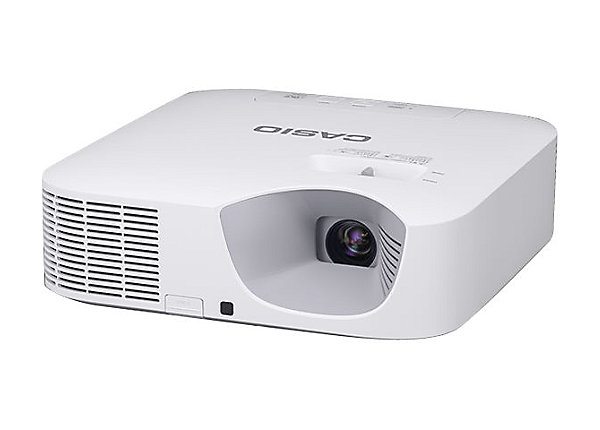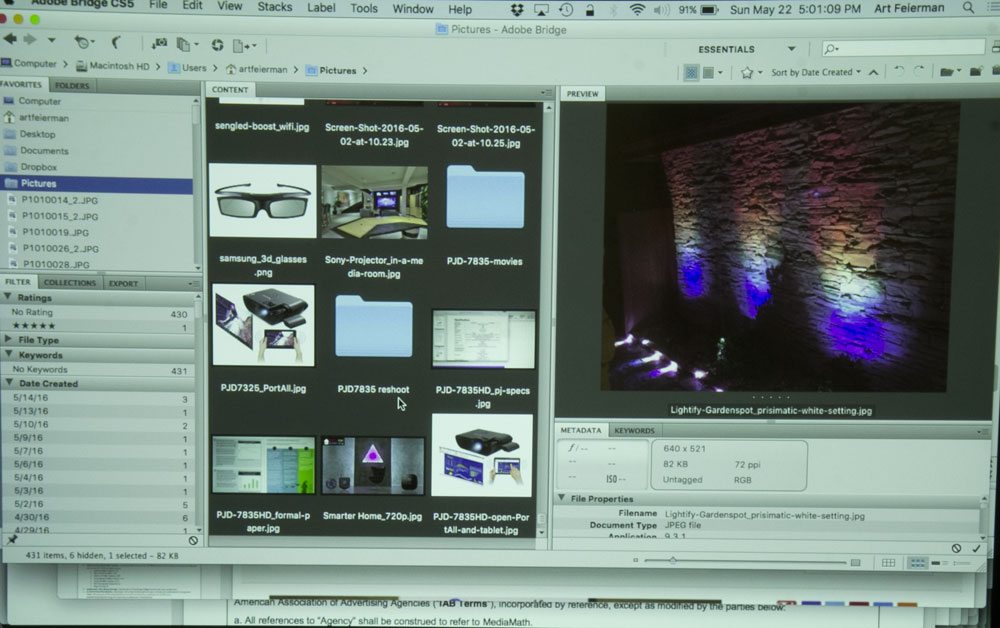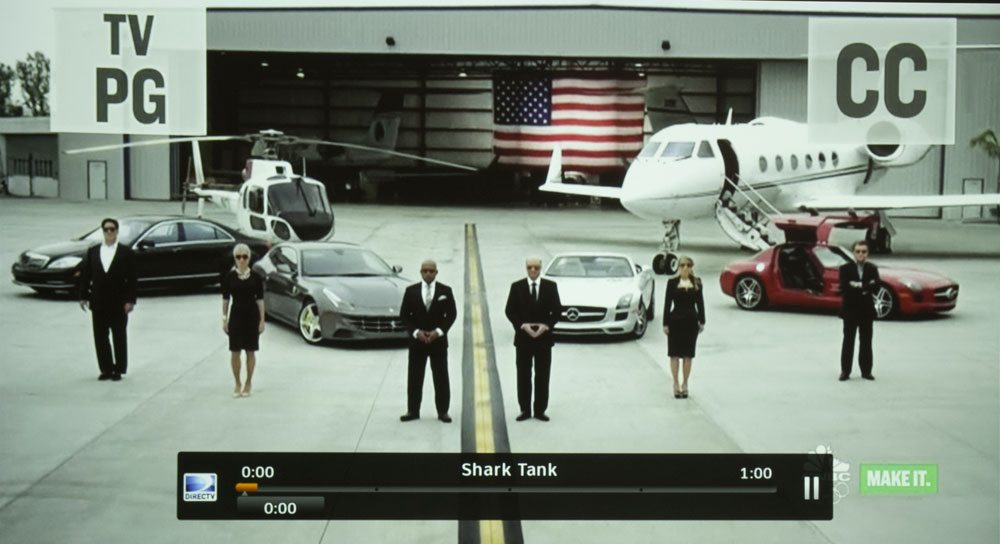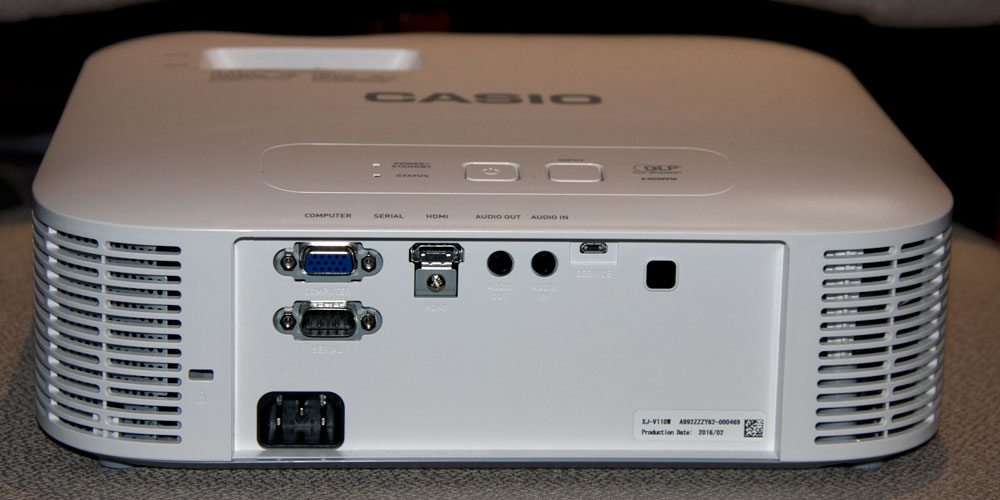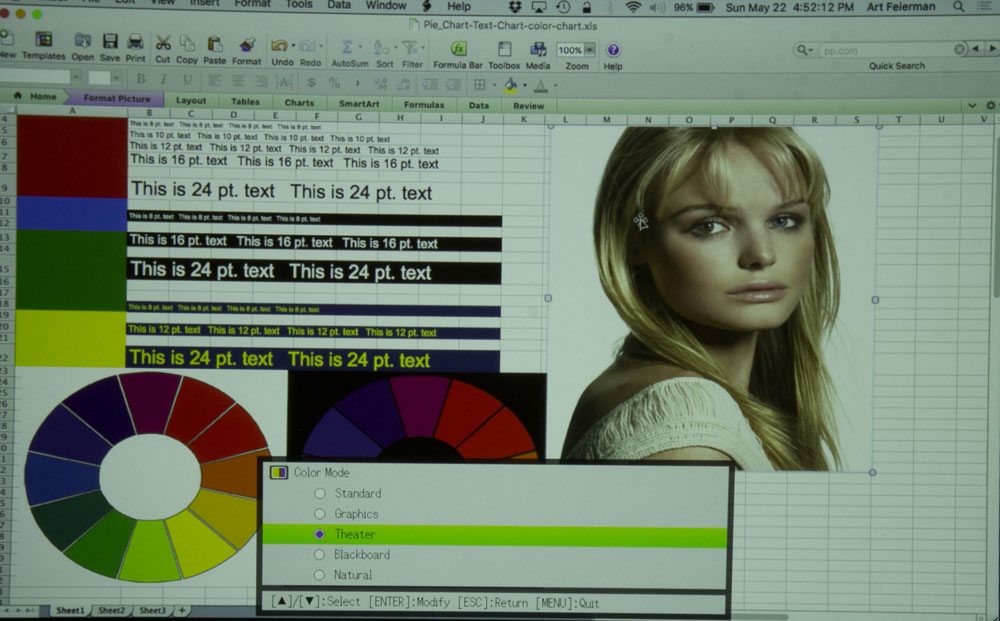First, I should note that we included the XJ-V110W in our recently (May - 2016) published Best Education Projectors report.
So, let's start the K-12 education market, While the price point for a no lamp projector is very competitive with lamp based models, when considering long term costs, here's the issues:
No composite video input! OK, talk about an input that you could call legacy - it's low resolution. Nothing coming through a composite video input is remotely high res, better suited for projectors pre-dating HD.
But, in the education market, which is the largest projector market, a large chunk of new sales are replacement projectors, being put in replacing older projectors 5, 10, or even 15 years old.
They all had composite video ports, and many classrooms, it seems, still use VCRs. Sorry - good way to hook up a VCR to the V110W or other "core" series Casio projectors.
The other, is the lack of a speaker. Now there are work arounds for that, but schools like it simple. They prefer projectors with at least 5, but preferably 10-15 watts of sound to carry the room, rather than some portables with weak 1 or 2 watt systems. Best to have a speaker built in, but at least there's an audio out.
The first missing feature, composite video will prevent a lot of school districts from choosing this projector. The lack of a speaker, may not hurt, when selling to other schools.
On the business side, the lack of a composite video won't deter anyone, and an external speaker solution, if needed, is easy and affordable (and would provide better sound than one expects from projectors).
The lack of local area networking or wireless networking may be a deterrent to some, but except in large corporations, I expect most projectors are still not networked.
If a low cost install solution, or for basic use as a bright portable projector is what is called for, the XJ-V110W may well fit the bill - and budget.
[sam_pro id=1_83 codes="true"]
XJ-V110W Picture and Performance Wrap-up
Picture quality, overall is very good - a nice sharp image for a WXGA projector, color in "best modes" is good, but definitely short of excellent. There is a tendency for color to be a little undersaturated (i.e.. the first image from Star Trek Insurrection). Unfortunately Casio does not provide color saturation control.
Again, when viewing these images, as seems very common, photos taken with my Canon 60D camera tend to be affected by solid state light engines, so I'm usually reporting that photos seen here are off a bit compared to what was on the screen. Translated: The Casio looks a good bit better than these images would indicate.
When it comes to Performance - let's start with brightness. As we reported, this Casio should just about meet it's claim of 3500 lumens, in its native mode, which you aren't likely to use. Because, it's not pretty, and no color controls. But that's OK. The brightest mode of pretty much all projectors leaves a good bit to be desired. (The question is how much). As reported, though, Standard and Natural modes are acceptable for most presentations and collaboration. If a "best" picture mode is needed, Graphics and Theater both clock in over 2000 lumens at wide angle on the zoom (1900 and 1827 respectively at mid-zoom).
Rainbow Effect is less than many competing lamp based projectors.
Overall image noise is also a bit better than most lower cost DLP projectors.
Audible noise is on the high side for the competition at max power, but as we point out, dial it down to anything but, and it's very under control.
The real strength in performance of the XJ-V110W lies in the LED/Laser light engine.
Thanks to the 20,000 hour light source, this is a projector that will likely be used for years before there's any significant drop in brightness. Lamp projectors start dimming essentially immediately, so if you compared to a lamp projector that starts out equally bright, by the time you have 2500 hours on both, the lamp projector has likely lost 25-35% of brightness. I have no numbers for the Casio light engine, but if it dropped more than 10% after 2500 hours I'd be truly surprised.
By the time the Casio light engine hits 20,000 hours it will be down 50%, but I seriously doubt that very many of these projectors will ever see 20,000 hours of use in their lifetime. (4 hours a day x 5 days a week x 50 weeks a year, would take 20 years to hit 20,000.) This class of projector will be completely outdated long before 20 years comes around.
Think this way, the best and brightest projectors 20 years ago - 1996 - were 500 lumens maximum (350 was typical), resolution was limited to VGA 640x480), no HDMI, and the most basic image processing.
Bottom line on Picture Quality and Performance:
Based on list and street prices, and adjusting for a projector that requires no lamps or labor to replace them, you have to consider the V110W to be a spend roughly the equivalent of a lamp projector that's around $400, if that. Picture quality in terms of color is acceptable, but not up to the best low cost DLP's or pretty much any of the LCD projectors. But the Casio is great in terms of maintaining brightness, with no required maintenance (including lamp changing.)
There is no USB, wired networking or wireless option - hey, this is their pure low cost value series - check out their XJ-F210WN - same brightness, with USB, wired networking, media player, and optional wireless - it has a street price right around $999! I expect we'll be reviewing this model or one of the other variations in the Advanced series, in the next half year.
Energy Cost Savings
Finally - one aspect of performance is efficiency, the XJ-V110W is, about the most energy proficient projector I've found. The Casio draws a max of 150 watts, that compares with typically low 200 watt range for low cost 3LCD projectors, and typically 300 watts for DLP models.
Over 1000 hours, compare to a projector drawing 2X as much, using the official US estimate of the cost of electricity in the country, of $.12. That works out to a savings per 1000 hours of operation, of $18! If you see the practical life of this projector as 10,000 hours, that's a $180 savings, that's significant when buying sub-$1000 projectors. Thus, between not having to change lamps, and the low power consumption, the Casio has a rock bottom cost of operation, that makes this projector very inexpensive per hour of operation


